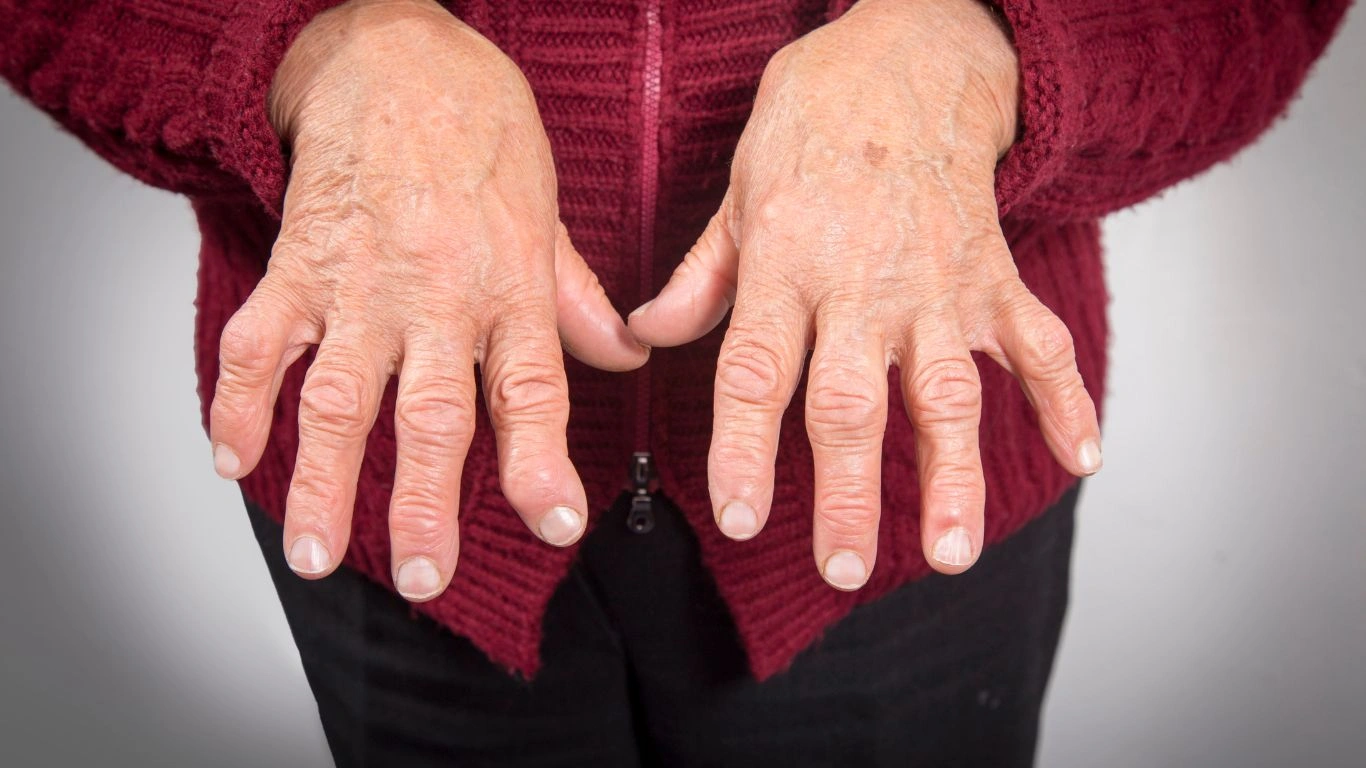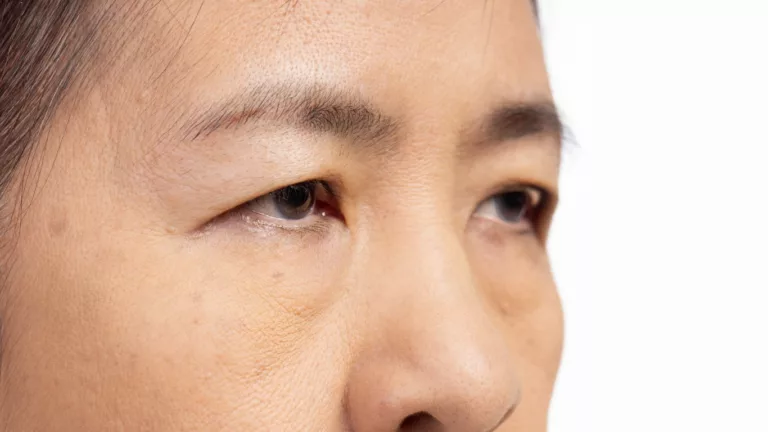Rheumatoid Arthritis and the Immune System Connection – Explained
Curious about how rheumatoid arthritis (RA) and the immune system are linked? You’re in the right place! We’re breaking down the connection between the two and how it affects your joints.
Rheumatoid arthritis is one of those conditions that can be pretty confusing. It’s an autoimmune disease, which means your immune system—the thing that’s supposed to protect you from harmful stuff like bacteria and viruses—turns on your own body. Instead of defending you, it starts attacking your joints. But how exactly does this happen? Let’s take a closer look at the immune system and why it gets confused in the case of RA.

What Is Rheumatoid Arthritis?
At its core, rheumatoid arthritis (RA) is an inflammatory condition that primarily affects your joints, but it doesn’t stop there. RA can also have impacts on other organs like your heart, lungs, and eyes. It causes pain, swelling, and stiffness in the joints, and over time, it can lead to permanent joint damage if not managed properly.
But here’s the kicker: It’s an autoimmune disease. This means that your body’s immune system, which usually fights off infections, decides to target your own healthy tissues—especially the lining of your joints, called the synovium. This leads to inflammation, and when that inflammation becomes chronic, it results in the symptoms of RA.
The Immune System at a Glance
Now, before we dive into the specifics of how the immune system messes up, let’s quickly recap what it’s supposed to do. Your immune system is made up of a network of cells and proteins that work together to protect you from harmful invaders. It can recognize things like bacteria, viruses, and other pathogens, and it goes after them to neutralize the threat. It does this with the help of things like white blood cells, antibodies, and T-cells.
But when you have RA, the immune system starts attacking the body’s own tissues. This confusion is the crux of the problem in autoimmune diseases.
How RA Affects the Immune System
In RA, the immune system mistakenly identifies the synovium (the lining around your joints) as a threat. This causes white blood cells, antibodies, and other immune system cells to start attacking the joints. Over time, this inflammation in the joints can lead to swelling, pain, and eventually, damage to the bones and cartilage in the affected joints.
Interestingly, it’s not just about the joints themselves. Because RA is systemic, it can affect other parts of the body too. Your immune system can get so confused that it may start attacking other organs, leading to complications like lung disease or even heart problems.

The Role of Inflammation in RA
The inflammation in RA is often what causes the pain and swelling. It’s like your immune system is throwing a fit in your joints, which leads to the telltale signs of redness, warmth, and swelling. But here’s the thing: Inflammation in RA doesn’t just go away on its own. It can become chronic if not controlled, and that’s when long-term damage can occur.
The immune system’s response triggers a cascade of events that keeps this cycle of inflammation going. This constant inflammatory response can damage the joints over time, causing the tissue to break down and leading to deformities. This is why early diagnosis and treatment are key to slowing down the progression of RA.
What Triggers RA?
You may be wondering why the immune system goes haywire in the first place. The exact cause of RA isn’t fully understood, but several factors might play a role:
- Genetics: If you have a family history of RA, you may be more at risk. Certain genetic markers have been linked to an increased risk of developing RA.
- Infections: Sometimes, infections can trigger RA in people who are genetically predisposed. These infections might confuse the immune system, causing it to start attacking the body’s tissues.
- Hormonal Changes: Women are more likely to develop RA, suggesting that hormones could play a role in triggering the disease. For example, changes during pregnancy or menopause may affect the immune system and trigger RA.
- Environmental Factors: Smoking is one of the biggest environmental risk factors for RA. It can contribute to the disease by increasing inflammation in the body and interfering with immune function.
Managing the Immune System’s Overreaction
Managing RA involves trying to control the immune system’s overreaction and inflammation. Here’s how it’s usually done:
- Medications: Drugs like DMARDs (disease-modifying antirheumatic drugs) and biologics are commonly used to help suppress the immune system’s attack on the joints. They work by targeting specific components of the immune response to reduce inflammation.
- Lifestyle Changes: Exercise, a healthy diet, and stress management are all key parts of managing RA. Regular movement helps maintain joint function and reduces stiffness, while eating a balanced diet can reduce inflammation. Stress can worsen autoimmune flare-ups, so managing stress is important too.
- Physical Therapy: Working with a physical therapist can help you strengthen the muscles around your joints, which can provide better support and reduce pain. They can also teach you how to protect your joints during daily activities.

RA and the Immune System: A Complex Relationship
The connection between RA and the immune system is complex. On one hand, the immune system’s job is to protect the body from harmful invaders, but in RA, it’s like the immune system has a mix-up and starts attacking itself. The result is joint inflammation and damage that can seriously affect your quality of life.
Understanding this connection is critical because it’s the basis for treatment. By targeting the immune system’s faulty response, medications can help slow the progression of the disease and keep symptoms under control.
Conclusion
Rheumatoid arthritis is all about a misfiring immune system. The immune system, which is supposed to protect the body, starts attacking healthy joint tissue instead. This leads to chronic inflammation and potential joint damage. But with proper treatment, you can manage the symptoms and slow the progression of the disease. Understanding the immune system’s role in RA is key to finding the right treatment options and taking control of your health.

Appendices
References
- American College of Rheumatology. (2023). Rheumatoid Arthritis: Causes and Treatments. Read Article
- Smith, J., & Lee, H. (2022). The Impact of the Immune System on Rheumatoid Arthritis. Journal of Autoimmune Disorders, 34(3), 215-230. Read Article
- National Institute of Arthritis and Musculoskeletal and Skin Diseases. (2024). Understanding Rheumatoid Arthritis. Read Article
FAQs
- What exactly causes rheumatoid arthritis?
RA occurs when the immune system mistakenly attacks the body’s own tissues, particularly the synovium around the joints. Genetic and environmental factors contribute to this immune response. - How does rheumatoid arthritis affect the immune system?
The immune system gets confused and targets the body’s tissues as though they were invaders, causing inflammation and damage to the joints. - Can rheumatoid arthritis be cured?
Currently, there is no cure for RA. However, with medication and lifestyle changes, it can be managed, and symptoms can be controlled. - What are the best treatments for RA?
Treatment typically includes DMARDs, biologics, pain relievers, and physical therapy to manage inflammation and improve joint function. - Does diet affect rheumatoid arthritis?
Yes, a balanced diet rich in anti-inflammatory foods can help manage RA. Avoiding processed foods and focusing on foods like omega-3-rich fish, leafy greens, and whole grains is recommended.
Disclaimer
The information provided in this article is for educational purposes only and should not be considered medical advice. Always consult with a healthcare provider for personalized guidance regarding rheumatoid arthritis and its management.

Tarra Nugroho is a dedicated Nurse Practitioner with a strong foundation in family and preventive care. She brings both compassion and clinical expertise to her practice, focusing on patient-centered care and health education. As a contributor to Healthusias.com, Tarra translates medical knowledge into clear, empowering articles on topics like women’s health, chronic disease management, and lifestyle medicine. Her mission is simple: help people feel seen, heard, and informed—both in the clinic and through the content she creates. When she’s not caring for patients, Tarra enjoys weekend hikes, plant-based cooking, and curling up with a good health podcast.






